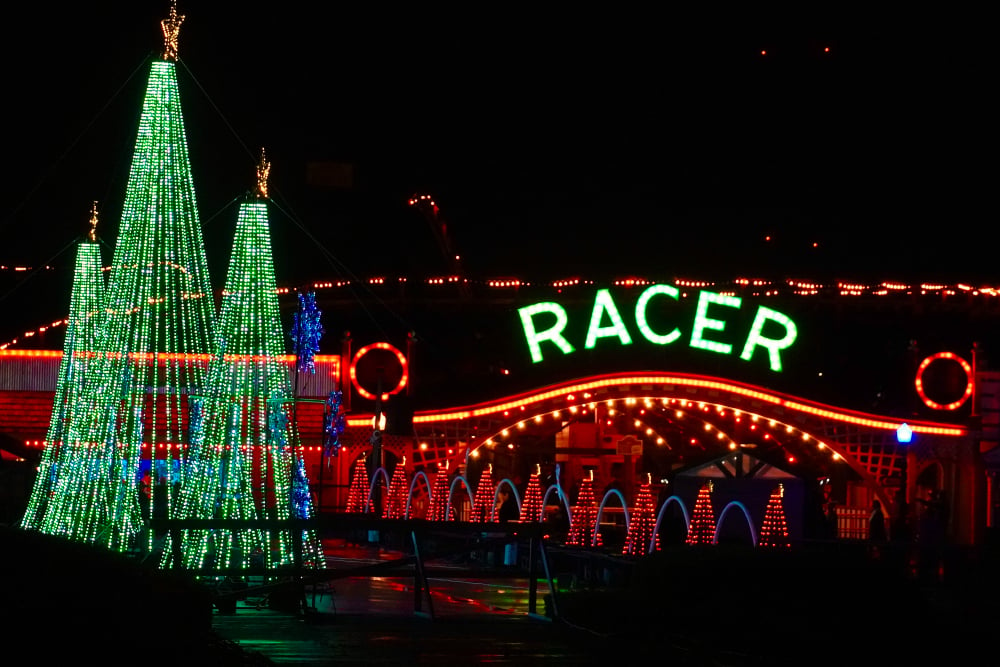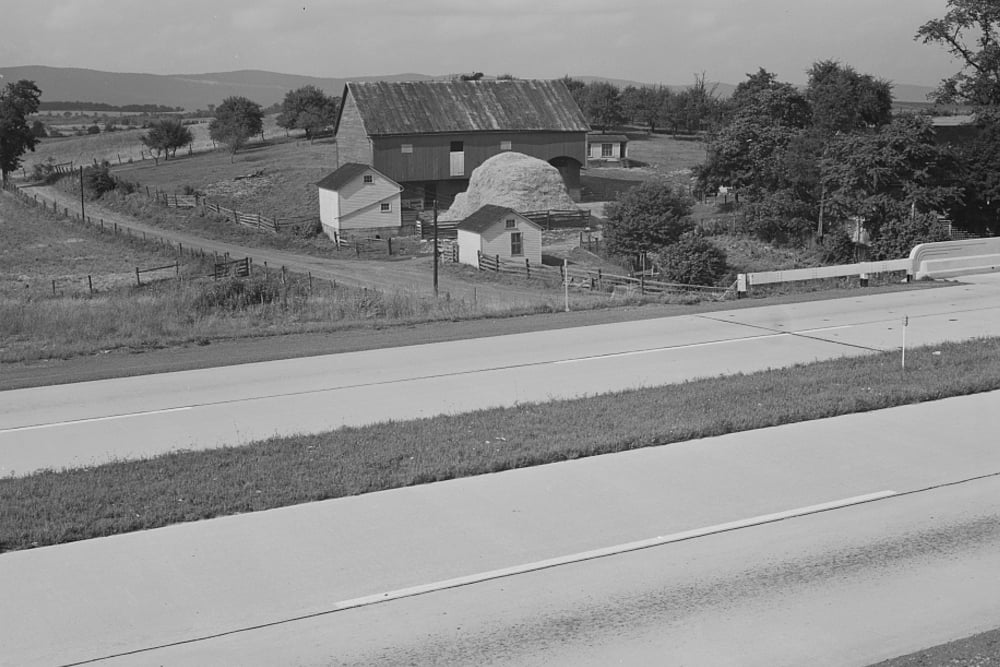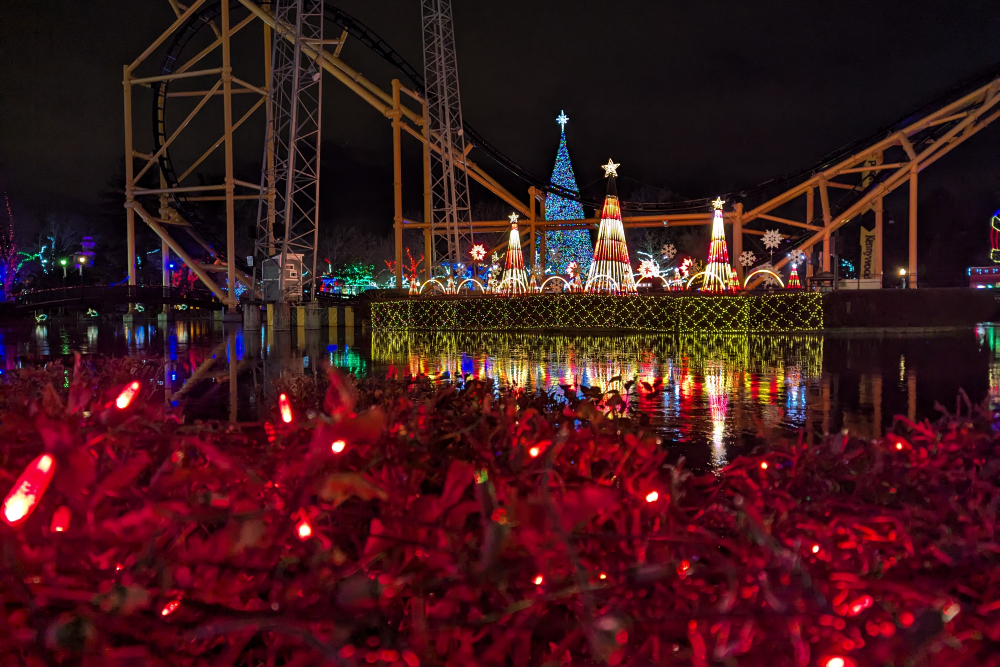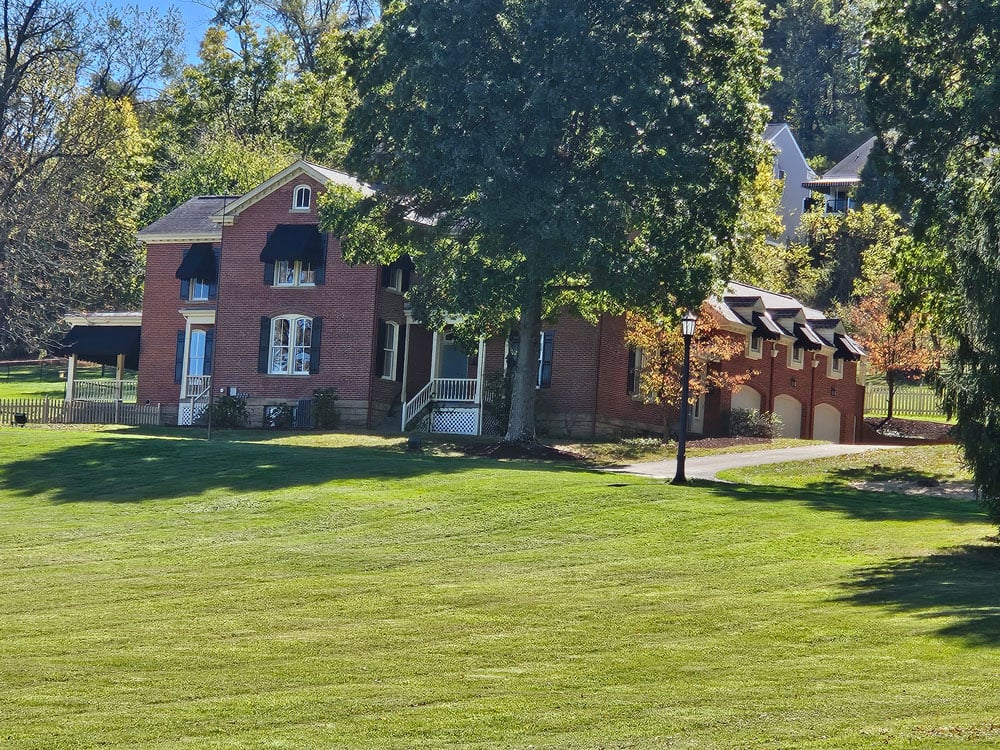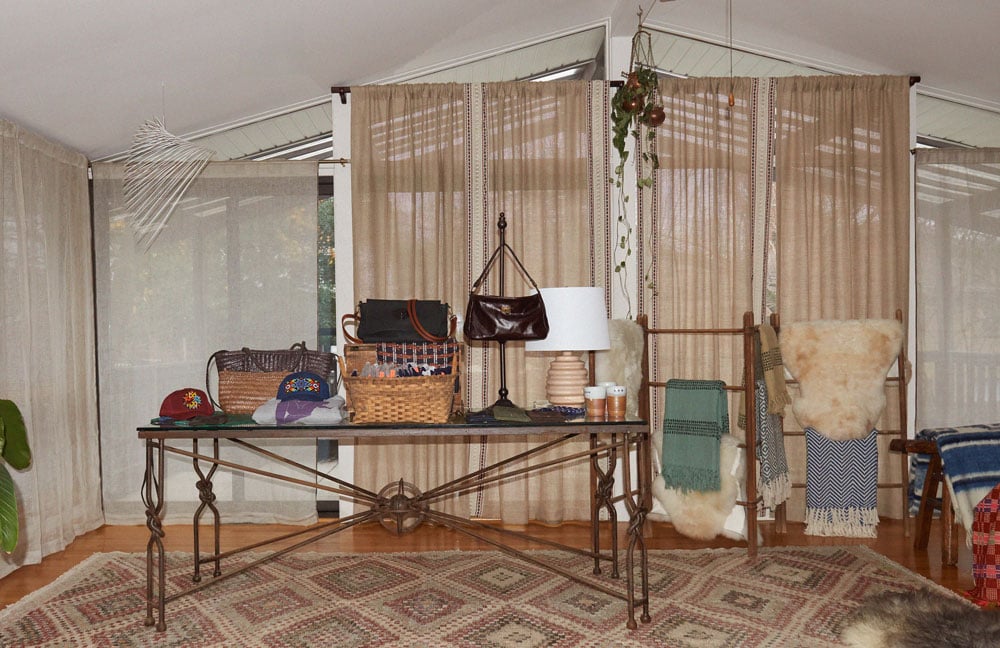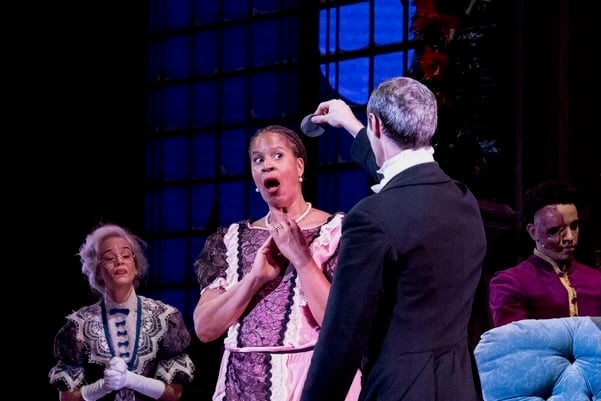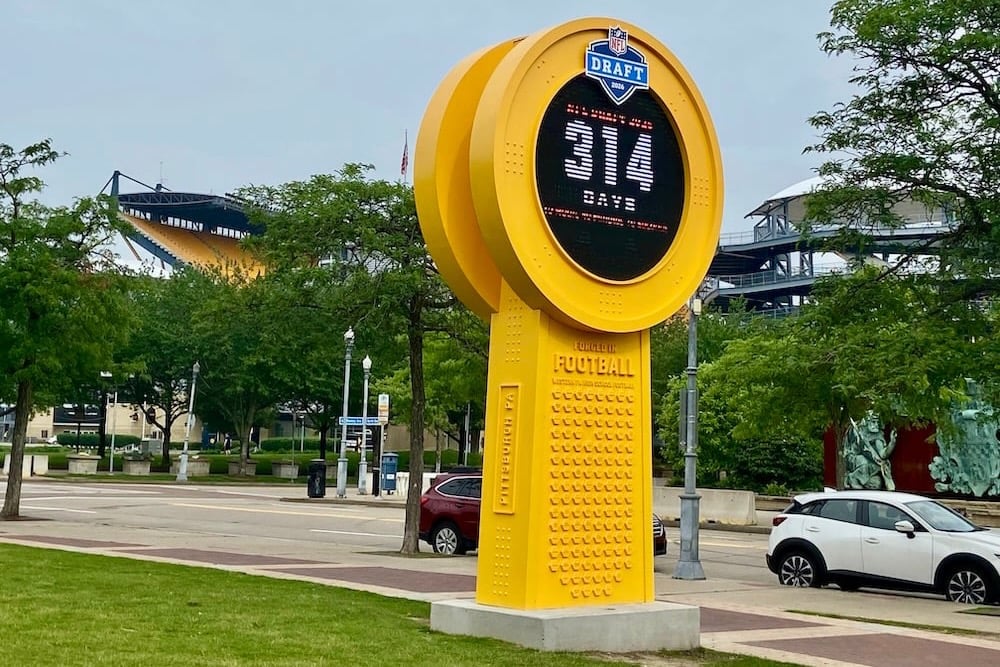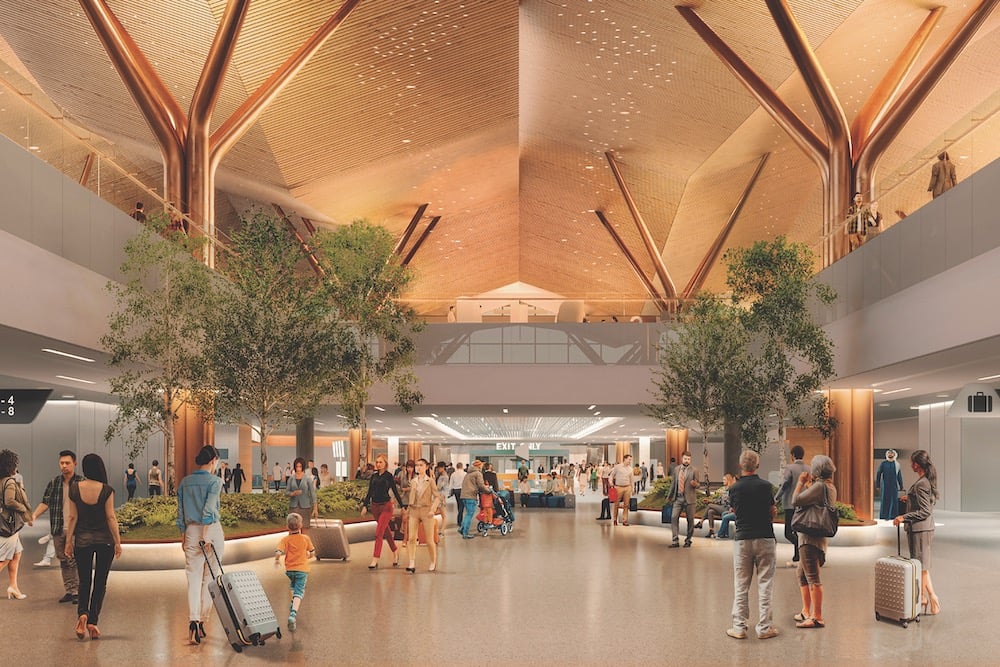Collier’s Weekly: History Both Large and Small at Washington’s Bradford House
The landmark is both a glimpse into everyday life long ago and a thorough chronicle of an important historical moment.
In a region as rich in well-preserved history as Western Pennsylvania, there are numerous sites where you can get a glimpse of how lives were once lived. In historic homes, museums and rebuilt villages, visitors can get a glimpse of everyday life from prehistory through the Gilded Age.
There are also numerous museums and centers dedicated to important moments in history. In institutions as big as large as the Heinz History Center and as small as a storefront (I still remember a long-ago visit to the Donora Smog Museum), the curious can learn about key moments that shaped the history of the region and the world beyond.
I know of only one historical landmark that does both.
Last week, I visited the Bradford House. Built in 1788, this was the family home of David Bradford, a prominent lawyer; Washington, Pennsylvania, was decidedly the frontier at the time, so the construction of a two-story, architecturally considered home was an extravagance. Today, it’s among the oldest standing homes in the region; despite a spotty history (it was a storefront and briefly an undertaker’s parlor, then spent years abandoned and in disrepair), it has been beautifully revitalized.
Bradford, however, didn’t live in the house — or in the young United States, for that matter — for all that long after his home’s construction. He was a key leader in the Whiskey Rebellion, the early conflict between frontier settlers and the nation’s new government over an excise tax on distilled spirits.
While whiskey was plenty important on its own merits, it also served as currency; paper money and coins were not yet minted by the U.S. government, and whiskey was used in a bartering system. The rebels were also frustrated by a lack of support for what was then a hard and frequently isolated life. Then-President George Washington led troops into Western Pennsylvania to put down the rebellion; Bradford and his fellow rebels were ordered to be arrested.
In the autumn of 1794, Alexander Hamilton himself knocked on the front door of the Bradford House — the same door on the building today — to arrest David Bradford for his role in the rebellion.
Bradford fled downriver to New Orleans, then outside the boundaries of the United States. Washington eventually pardoned all of the rebels — except Bradford, for reasons lost to history. Elizabeth Bradford spent years sitting in her Washington home begging the first president to pardon her husband and let him return; no response came, and the family relocated to Florida.
On a guided tour of the Bradford House, you’ll be told of these key moments; the tour begins at that door Hamilton pounded on, and you’ll see the bedroom where Elizabeth wrote her desperate letters to the president. But most of the time spent in the Bradford house focuses on the ins and outs of everyday life.
Fortunately, for the full story, you need to only cross the street.
At the Whiskey Rebellion Education and Visitor Center, an elaborate and engaging history of the Whiskey Rebellion is on permanent display. You’ll see documents and artifacts from the time, follow the step-by-step story of the insurrection and its aftermath and note the ways in which this moment in history both tested and established the young federal government.
You’ll even learn to make whiskey, in a way; a comprehensive display depicts the frontier whiskey-making process.
Vitally, both the house tour — a two-hour affair given by an expert docent — and the Whiskey Rebellion museum across the street are completely free. In the colder months, house tours are by appointment, but from April through November, you can drop in between 10 a.m. and 4 p.m., Wednesdays through Saturdays, for a guided tour.
That’s remarkable: For much of the year, folks are waiting at a historic landmark, ready to tell you all about it. For free.
There’s plenty to discover — particularly each July, when the Bradford House hosts the annual Whiskey Rebellion Festival, full of recreations and family activities — but this is a local treasure worth a visit anytime. It’s rare to get such a comprehensive and multifaceted view of history during one visit; it’s almost unheard of that it be this fascinating and well presented.
Oh, and when you’re done, pop into Pretzels Plus next door. Get a pepperoni roll. It’s not a historic landmark, but it’s damn good.


